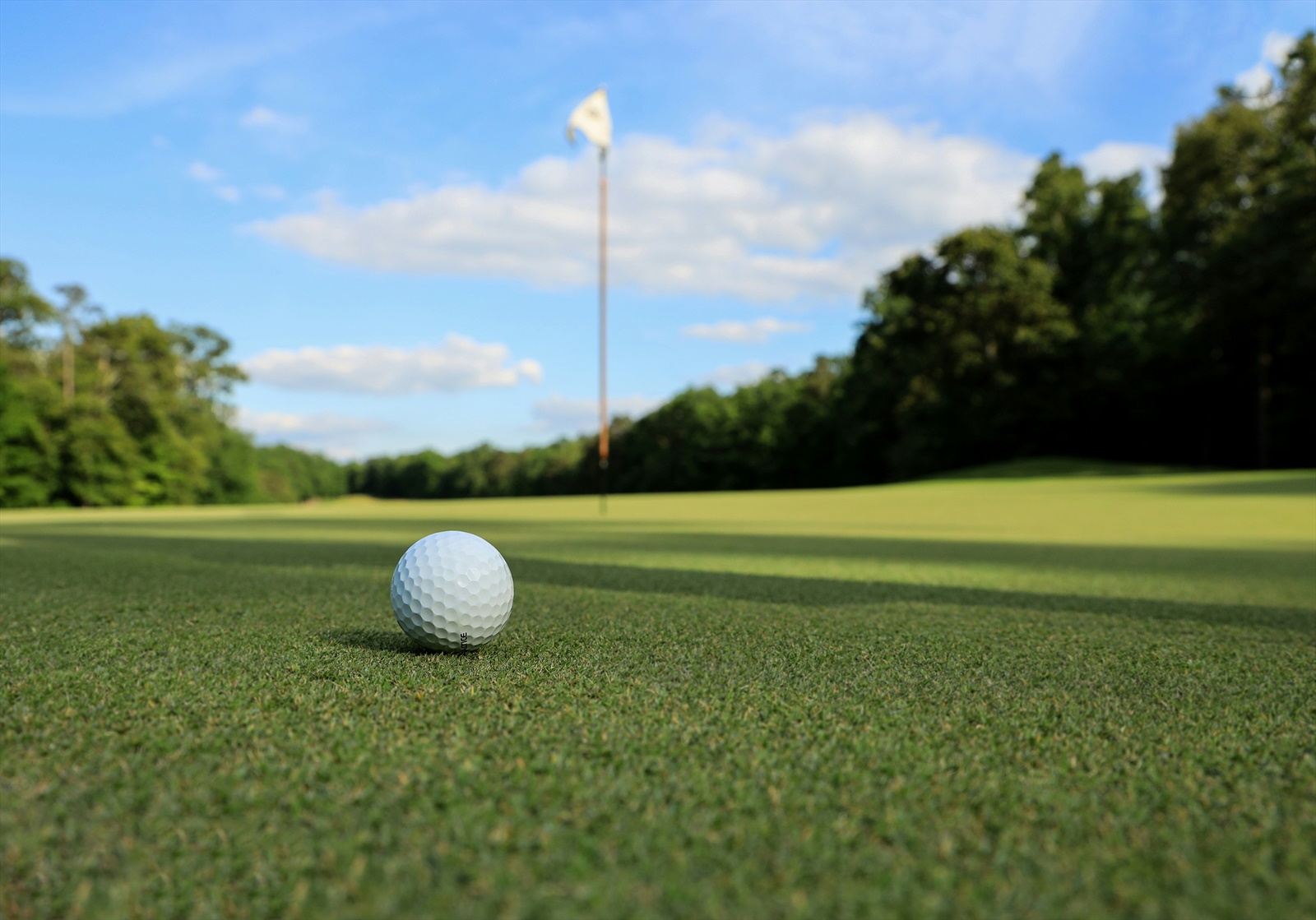
Golf, a game of precision and finesse, is played on various surfaces that significantly impact the overall experience. One of the most crucial yet often overlooked elements is the type of grass on the golf course. Different grass types can alter the speed and behaviour of the ball, affecting your strategy and performance. In this article, we will explore how different grass types affect your golf game, helping you make more informed decisions on the course.
Understanding Grass Types on Golf Courses
Golf courses use several types of grass, each with unique characteristics that influence playability. The main types of grass you will encounter include Bermuda, Bentgrass, Zoysia, and Ryegrass. Understanding these can help you adjust your approach and improve your game.
Bermuda Grass
Bermuda grass is commonly found in warmer climates, such as the southern United States. It thrives in hot, sunny conditions and is known for its durability and resilience. Its coarse texture with a grainy surface and dense, low-growing pattern affects play by creating a grain that influences the direction and speed of the ball. When putting, the ball may move faster with the grain and slower against it, requiring golfers to read the grain carefully to make accurate putts. Additionally, its thickness can make chipping and pitching challenging, as the club may snag if not struck cleanly.
Bentgrass
Bentgrass is prevalent in cooler regions, often seen on golf courses in the northern United States and Europe. It provides a smooth and consistent surface ideal for putting greens. With its fine and smooth texture and upright, dense growth pattern, Bentgrass offers a true roll on the greens, enhancing the accuracy of your putts. Its even surface allows for more predictable ball movement, making it easier to judge distances. However, its delicate nature means it can be more susceptible to wear and tear, requiring careful maintenance.
Zoysia Grass
Zoysia grass is a versatile type found in various climates, known for its ability to withstand different weather conditions. It is often used in fairways and tee boxes. Its medium texture with a slightly spongy feel and dense, slow-growing pattern significantly affect your ball's lie. The spongy texture allows the ball to sit up nicely, providing a better striking surface for your golf swing, which can enhance your confidence and lead to more consistent shots. However, its firmness can also make it challenging for beginner golfers to get under the ball effectively.
Ryegrass
Ryegrass is commonly used in both cool and transitional climates. It is often overseeded on other grass types to maintain green fairways and roughs throughout the year. With its fine to medium texture and upright, robust growth pattern, Ryegrass provides a stable and firm playing surface. It holds up well under foot traffic, making it ideal for high-use areas on the golf course. For golfers, this means a more predictable lie and consistent shots. The firmness of the grass can aid in generating spin, especially from the rough, providing more control over your ball.
Adapting Your Game to Grass Types
Now that we have explored the primary grass types, let's discuss how you can adapt your game to these different surfaces. Each grass type presents unique challenges and opportunities, and understanding these can help you adjust your strategy and technique.
Reading the Grain on Bermuda Grass
When playing on Bermuda grass, pay close attention to the grain. Look at the colour and shine of the grass; darker grass indicates against the grain, while lighter grass shows the direction of the grain. Adjust your putting stroke to account for these variations. For approach shots, focus on making clean, solid contact to avoid the thick blades catching your club.
Leveraging the Smoothness of Bentgrass
On Bentgrass, take advantage of the smooth surface for more accurate putting. Practice your lag putting to get a feel for the speed of the greens. When hitting approach shots, expect a consistent rollout, which can help you plan your landing spots more effectively.
Taking Advantage of Zoysia Grass Lies
Zoysia grass offers a favourable lie, so use this to your benefit. Practice your iron shots to maximize the clean contact provided by the elevated ball position. For fairway shots, focus on a shallow, sweeping swing to take advantage of the firm yet cushioned surface.
Utilising the Firmness of Ryegrass
On Ryegrass, the firm surface can help you generate spin and control. Practice hitting shots from the rough to get comfortable with the resistance of the grass. For approach shots, trust the firmness to provide a predictable bounce and roll, aiding in distance control.
Conclusion
Understanding how different grass types affect your golf game is essential for improving your performance on the course. Whether you're navigating the grainy Bermuda, the smooth Bentgrass, the spongy Zoysia, or the firm Ryegrass, adapting your strategy and technique to these surfaces can make a significant difference. Next time you hit the golf course, take a moment to evaluate the grass and adjust your game accordingly, enhancing your overall golfing experience.